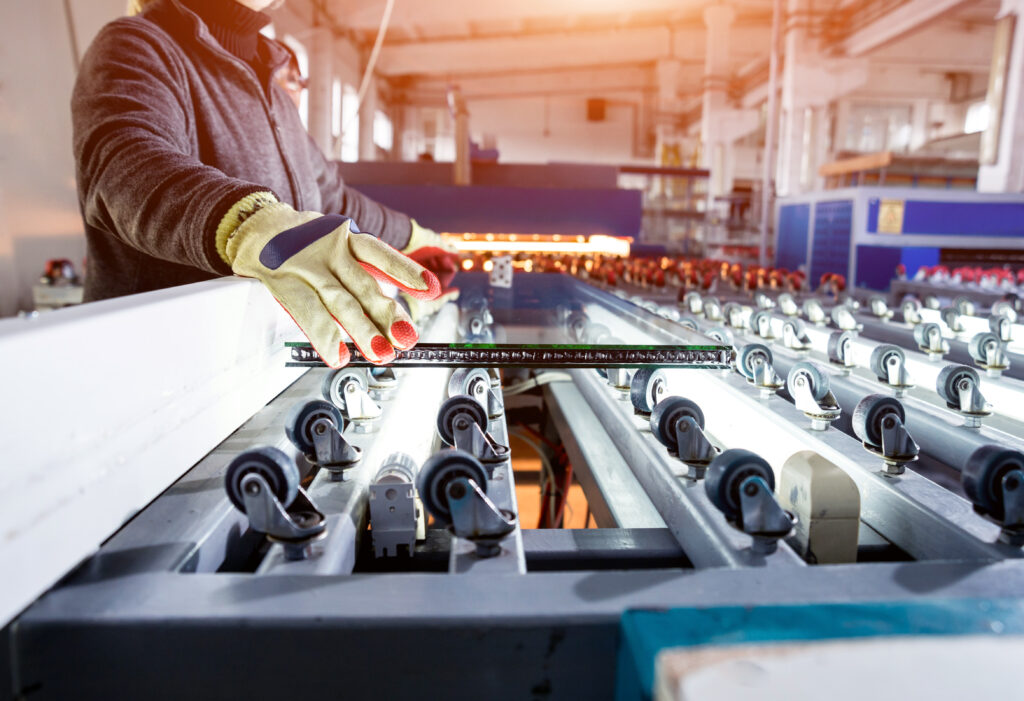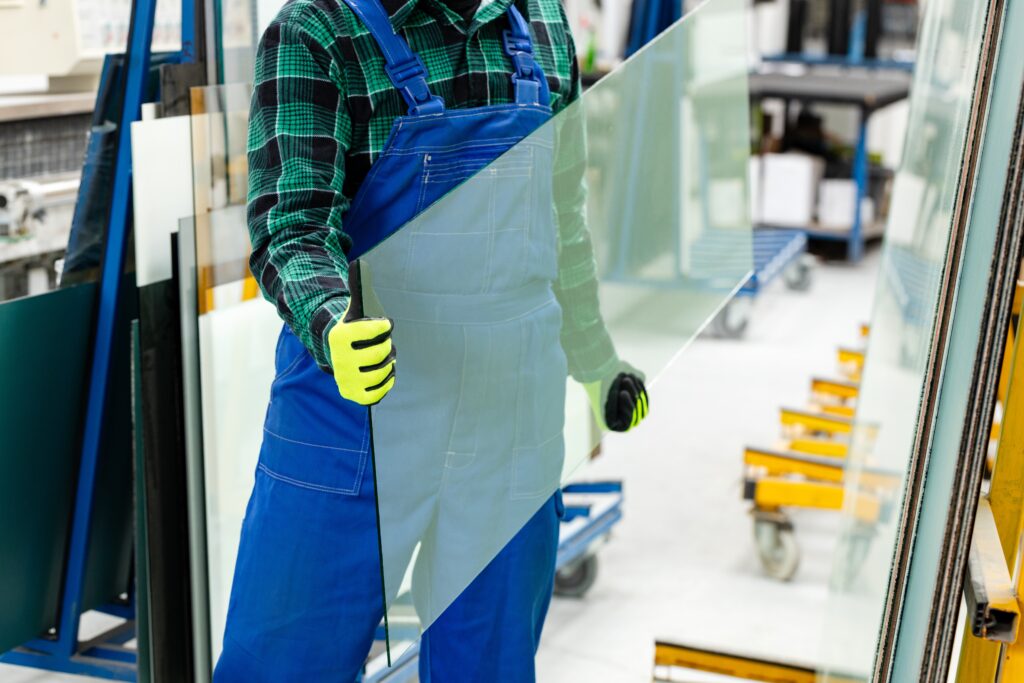Fenestration: Focus on Safety
How Safe Glass Handling & Processing Can Save Lives
by Angela Dickson, FGIA marketing & communications director

(Editor’s Note: With almost 20 years of industry experience, Angela Dickson serves as the marketing and communications director for the Fenestration and Glazing Industry Alliance, developing and recommending marketing objectives, strategies and tactics. These responsibilities include oversight of digital communications, promotional efforts, market research, website development, and industry events. She also serves as the staff liaison for the Fenestration Safety Committee and is co-chair of the Window Safety Task Force. Contact her at adickson@FGIAonline.org.)
Off I-30 in East Texas, there is a sign in front of a manufacturing facility that reads: “Who is counting on you to come home safely today?” The first time I saw this sign, I was the new staff liaison for the Fenestration Safety Committee of the Fenestration and Glazing Industry Alliance (FGIA), whose mission is to provide safety information and education to members and the industry. Since then, I’ve often thought of the impactful message within this short sentence. Over the last several years, the FGIA Fenestration Safety Committee has hosted numerous safety-focused speakers at our conferences, and a recent presentation from a member leader especially stuck with me, much like that sign in East Texas.
At our Annual Conference earlier this year, Bill Davis from Vitro® Architectural discussed hazard recognition and the related association with various glass types that may lead to lacerations and crushing force. He also covered proper personal protective equipment (PPE) and safety tips for glass handling and processing. Knowing the basics of safely handling and processing glass isn’t just an efficient best practice, it can be the knowledge that keeps your team members going home safely at the end of each day.
Know Your Glass
Davis described how different types of glass can pose different threats. In most cases, annealed, or raw, and heat-strengthened glass types are more easily broken than fully tempered glass. Annealed glass can vent or break unexpectedly. When broken, annealed and heat strengthened glass can separate into irregularly shaped pieces or long jagged shards. Broken annealed and heat strengthened pieces or shards have the potential to cut through ordinary clothing and even certain PPE, and lacerations from broken annealed or heat strengthened glass can be severe.

Laminated glass pieces or shards are normally adhered to the laminate material. However, it can still expose the person handling it to sharp edges and potential laceration. Fully tempered glass poses a lesser potential for cuts in the event of breakage while being handled. However, even smaller shards can cause serious injuries.
Safe Glass Handling
It can be easy to become complacent about glass handling. While the handling of glass is part of most construction-related operations, it is also entirely different than the handling of other materials. Shards of glass can move in unpredictable ways. When glass breaks, it can cause severe, and sometimes fatal, lacerations. Another important thing to remember is to never attempt to catch falling glass. Its weight can crush a human, and it is not worth it to try to save the glass itself.

Safe Glass Processing
Davis recommended that, when opening or moving glass in racks, boxes, or crates, or when removing banding or straps, ensure the glass has a slight backward tilt. This can help prevent the glass from falling forward and striking the handler or someone else nearby. The desired angle of a backward lean is typically 3º-6º from vertical. When discarding glass, do not throw it into hoppers, but instead carefully place it inside.
It’s also safer to cut large pieces into smaller sections prior to discarding, especially long and narrow trim pieces. When cutting those pieces, do so at the cutting table and not while handling the glass. Never use the lip of the hopper to break the glass you are discarding into a hopper or cullet pan. Instead, score and snap the glass into smaller pieces.
Personal Protective Equipment
Before handling glass, ensure you are wearing PPE that is specified for the task. Develop a PPE matrix customized to each department. This matrix should detail what PPE is required, such as a hardhat, jacket, sleeves, chap or aprons, cuffs, packing gloves, and a face shield, for various glass handling tasks. Additionally, know your high-hazard laceration areas: the neck, wrist, inner arm, and inner thigh. In these areas, extra protection is vital. Davis recommended holding laceration training at your site. If an accident does occur, there may not be adequate time for medical personnel to arrive, and others on site should be trained to handle the crisis.